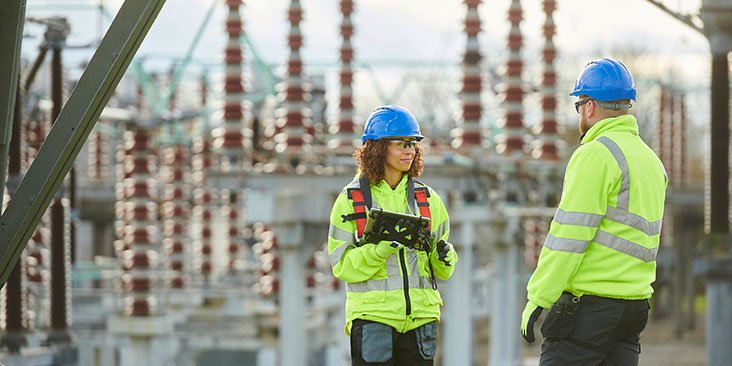In today’s rapidly evolving infrastructure landscape, low current systems have become a cornerstone of modern building design. Whether it’s in commercial spaces, residential buildings, data centers, or smart cities, these systems are playing a vital role in achieving higher standards of safety, functionality, and sustainability. As we look toward the future, integrating low current systems is no longer optional—it’s essential.
What Are Low Current Systems?
Low current systems, also known as extra-low voltage systems, are electrical installations that operate at lower voltages, typically under 50V AC or 120V DC. These systems support a range of critical functionalities such as:
- CCTV surveillance
- Fire alarm and detection systems
- Access control
- Building automation
- Data and voice communication systems
- Public address systems
Essentially, they are the nervous system of a smart building—ensuring that all components communicate and function effectively without overloading energy consumption.
Security Comes First
With increasing threats to physical and data security, low current systems have become crucial for protection. Integrated security systems—such as video surveillance, biometric access control, and intrusion alarms—are built upon low voltage platforms. These systems work together to form a multi-layered security approach that’s both proactive and responsive.
For example, in a commercial complex, an advanced CCTV system connected through a low current network can monitor activity in real-time, trigger alerts, and store footage for evidence. When integrated with access control, it can track personnel movement, restrict entry to sensitive areas, and even respond automatically in emergency situations.
This level of integration ensures not only better safety but also more efficient incident management, often reducing the need for manual intervention.
Enabling Smart and Sustainable Buildings
Sustainability is no longer a buzzword—it’s a design imperative. Green buildings and eco-friendly infrastructures are becoming the norm, and low current systems contribute significantly to this shift.
How? Through intelligent energy use and automation.
Building Management Systems (BMS), powered by low current infrastructure, control lighting, HVAC, and electrical systems based on real-time occupancy and usage data. For instance, lights and air conditioning can automatically turn off when a room is unoccupied, drastically reducing energy waste.
In addition, these systems support the integration of renewable energy sources like solar panels and energy storage solutions. Their low voltage nature means they’re energy-efficient by design, making them ideal for sustainable setups.
Enhancing Operational Efficiency
Beyond security and sustainability, low current systems also elevate operational performance. They centralize control over disparate systems—lighting, communications, emergency alerts—allowing facilities managers to monitor and manage them from a single interface.
This not only reduces the burden on maintenance staff but also minimizes downtime and improves response times. In sectors like hospitality and healthcare, where user comfort and safety are paramount, these efficiencies are invaluable.
Moreover, as more industries transition to IoT and data-driven operations, the reliance on robust, secure, and scalable low current networks will only grow. Future-ready buildings must be built on this foundation.
Cost-Effectiveness and Long-Term ROI
One common misconception is that low current systems are expensive to install. While the initial investment may be higher due to the need for quality design and integration, the long-term savings in energy consumption, maintenance, and system upgrades often outweigh the upfront cost.
Since these systems are modular and scalable, they can grow with your business or infrastructure needs without the need for complete overhauls. This makes them a smart investment for any forward-thinking organization.
The Role of Experts: Why Partnering with the Right Company Matters
Designing and implementing a reliable low current system requires expertise, precision, and a deep understanding of a project’s needs. From selecting the right components to ensuring compliance with safety standards, every step must be executed with care.
That’s where Manikaran Enterprises comes in. As a Top Electrical Solution Company in Rajasthan, Manikaran Enterprises brings years of experience and technical know-how in delivering state-of-the-art low current solutions. Whether it’s for a commercial tower, residential project, or a smart city initiative, they customize systems that meet both current demands and future growth.
Their commitment to quality, innovation, and sustainability makes them a trusted partner in the evolving world of infrastructure design.
Final Thoughts
Low Current System are no longer hidden backbones—they are now front and center in delivering secure, efficient, and sustainable infrastructure. From safeguarding properties and automating essential systems to driving down energy consumption and enabling smart technologies, their value is immense.
As urban environments become more complex and technology-driven, integrating these systems from the design phase will be crucial. With experts like Manikaran Enterprises leading the way, the future of infrastructure looks not just smarter—but also safer, greener, and more connected.




